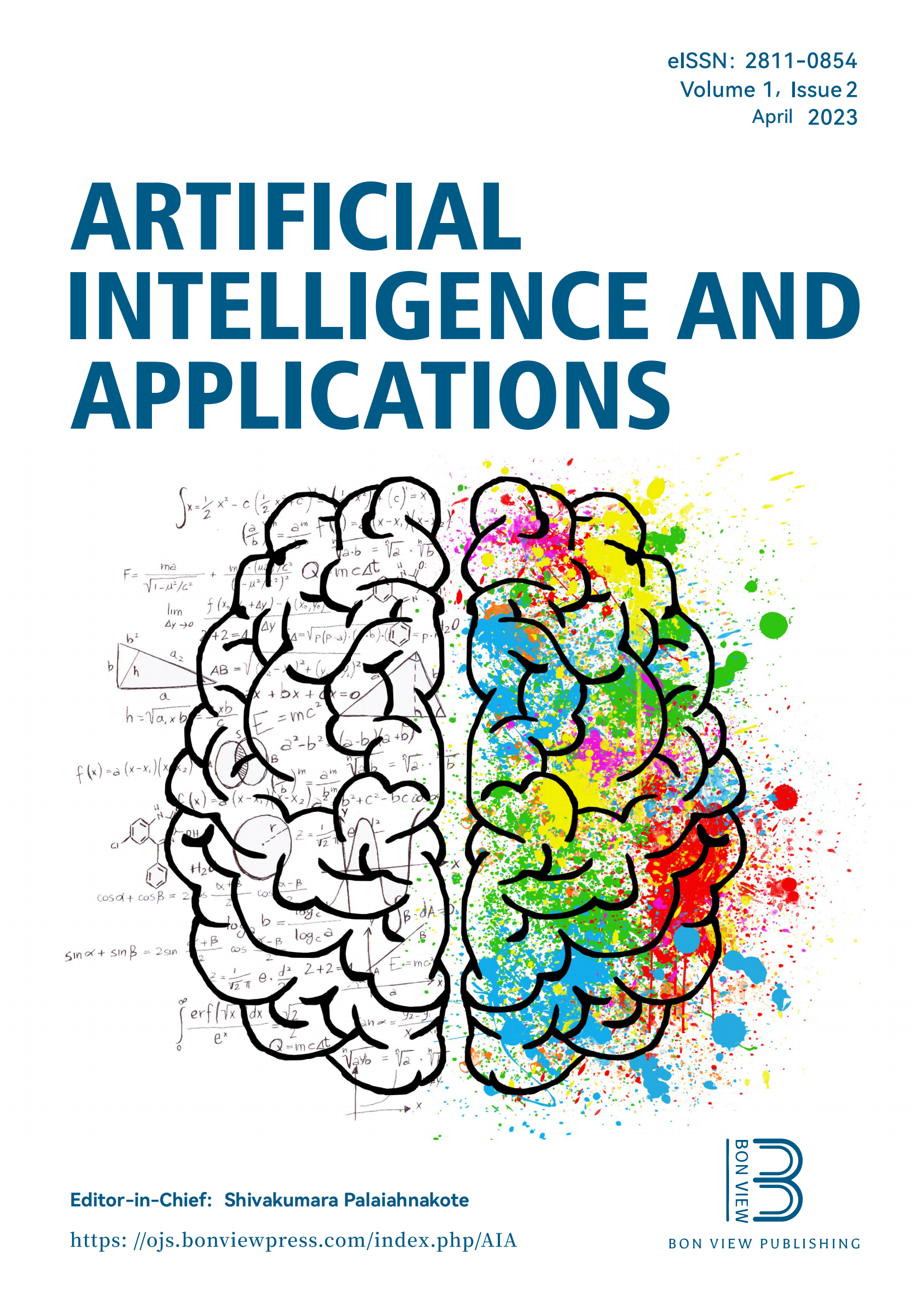UTrans-Net: A Model for Short-Term Precipitation Prediction
DOI:
https://doi.org/10.47852/bonviewAIA2202337Keywords:
precipitation prediction, transformer, deep learning, attention moduleAbstract
This short-term weather forecast is particularly important for human production activities and safety. However, the existing short-term weather forecasts are often difficult to meet the demands in terms of precipitation accuracy, and traditional numerical weather forecasts have low efficiency in short-term weather forecasting. Artificial intelligence (AI) can infer uncertain information based on data with lower temporal and spatial density and can use abstract knowledge in statistical and numerical models, thereby improving the prediction accuracy of short-term weather and precipitation. However, traditional AI weather forecasting technology often cannot perform feature extraction well. Therefore, this paper proposes a new U-shaped neural network model UTrans-Net that combines transformer. This proposed model adds transformer to the U-Net model to determine the weights of different meteorological elements. Afterwards, the precipitation at a later time is predicted by using the monitoring values of the previous series of time points, and the parameters of the neural network are adjusted according to the results. By conducting experiments on the weather dataset of 2400 samples given by the China Meteorological Administration, the results of our experiment show that UTrans-Net has a more accurate prediction accuracy, and the average prediction accuracy at 0.1, 3, and 100 mm thresholds is 59%, 78%, and 82%, respectively.
Received: 25 July 2022 | Revised: 27 August 2022 | Accepted: 14 September 2022
Conflicts of Interest
Yirui Wu is an Associate Editor for Artificial Intelligence and Applications, and was not involved in the editorial review or the decision to publish this article. The authors declare that they have no conflicts of interest to this work.
Metrics
Downloads
Published
Issue
Section
License
Copyright (c) 2022 Authors

This work is licensed under a Creative Commons Attribution 4.0 International License.






